Even if this is rather a riding area and playground for moutain bikers (or such) underneath a highway (see below the glacier image), it can give us additionnal ideas toward a sort of "architecture as landscape" approach. We consider "architecture as landscape" a different type of variable environment: it is not the infrastructure that evolves (robotized and heavy approach), but the light, the weather, the (networked, mediated or computed) conditions, the creolization and spatial interferences.
Similar to a landscape where climate and context evolve and where you "freely" migrate within, depending on the conditions and your activity or needs. A sort of Sanaa's Rolex Learning Center, but diy approach.
I'm also therefore taking the occasion to mention this new book about a similar topic:
Landform Building, Lars Müller Publishing

Thanks to @BLDGBLOG for the following link, via F.A.D. (Free Association Design)
-----
Circuits Beneath the Freeway
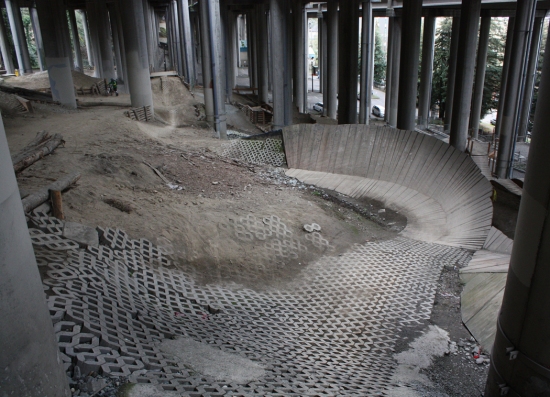
[flow lines of ramps, berms, drops and various home-spun earth retaining systems beneath the I-5 freeway]
While in Seattle this past weekend I had the chance to make a brief stop by the city’s Colonnade Park. Given it’s size, I managed to cover about half of the accentuated terrain (on foot) built into the underbelly of the I-5.
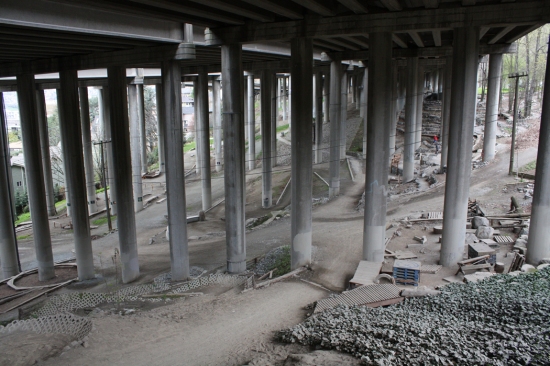
The brilliance of the park’s siting becomes obvious when you are immersed in it: the steep and jumbled topography; the formerly barren and listless ground in the shadow of the overpass; the industrial cathedral that serves as ready-made shelter for the 9-out-of-12 soggy months of the Northwest climate; and perhaps the most critical factor – the challenges and indifference towards such spaces – which allowed for it to be co-opted into something else equally unique and unpolished.
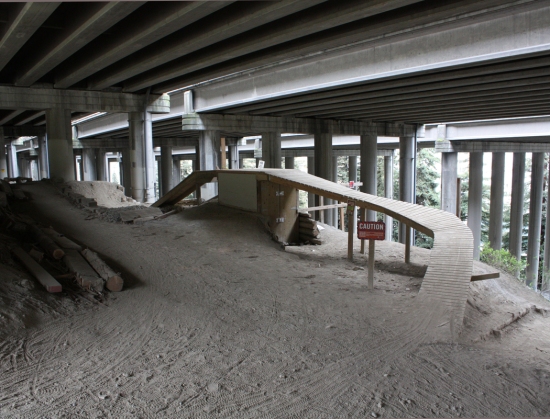
[storage shed built into a ramp and elevated planks]
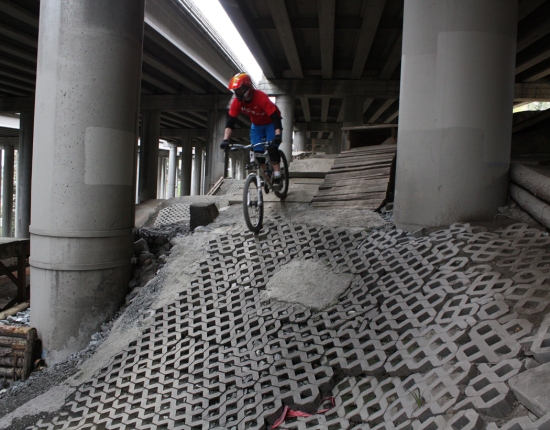
It hard not to be enamored by the successful and improvised gestalt of the whole thing, in both program and materials. Much of what it is made of was donated or recycled from demolition projects around the city. And typical off-the-shelf items, like permeable waffle pavers (above), have been retooled as robust and removable cellular confinement systems. All the pieces of the circuits have this hand-made, custom quality that is site + multiple user specific.
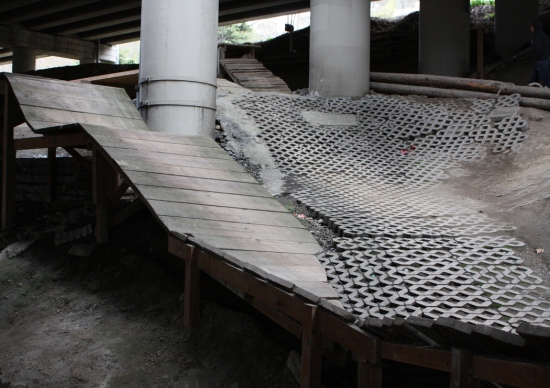

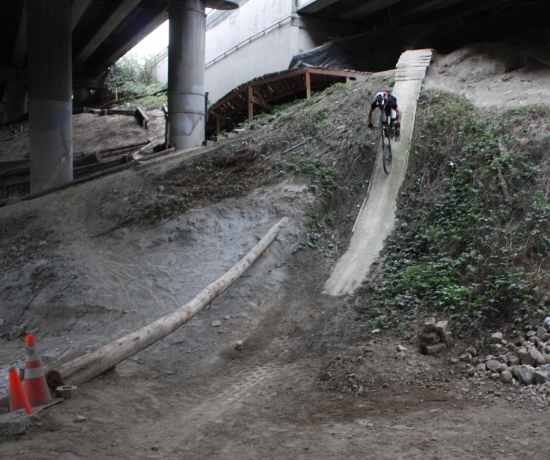
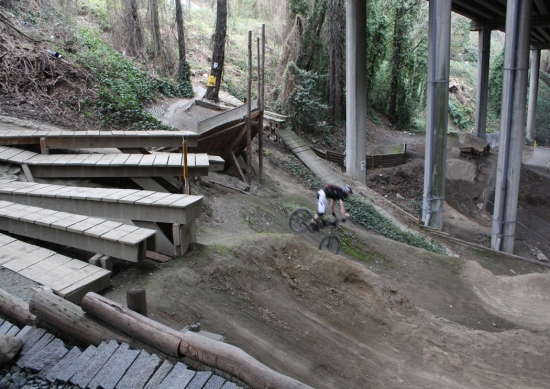
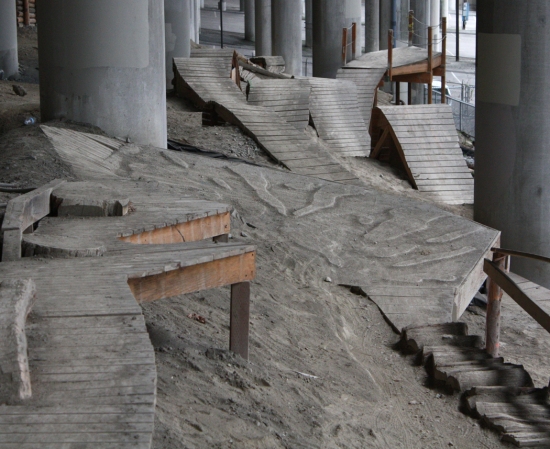
 One comes away with the impression that the park will keep remaking itself incrementally, over and over again. Pieces and segments will be modified as they wear out, with new experiments being plugged in as desired. It seems that the builders and volunteers that have constructed it might actually be a little forlorn if the park were ever fully finished.
One comes away with the impression that the park will keep remaking itself incrementally, over and over again. Pieces and segments will be modified as they wear out, with new experiments being plugged in as desired. It seems that the builders and volunteers that have constructed it might actually be a little forlorn if the park were ever fully finished.
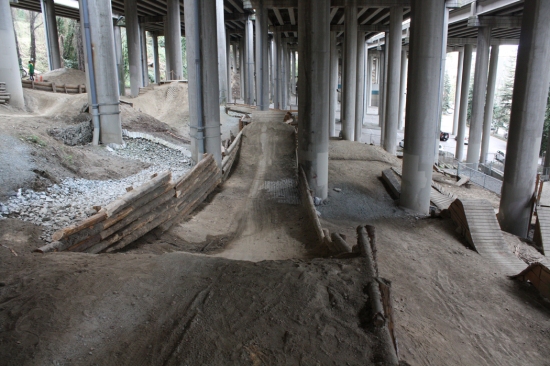










 One comes away with the impression that the park will keep remaking itself incrementally, over and over again. Pieces and segments will be modified as they wear out, with new experiments being plugged in as desired. It seems that the builders and volunteers that have
One comes away with the impression that the park will keep remaking itself incrementally, over and over again. Pieces and segments will be modified as they wear out, with new experiments being plugged in as desired. It seems that the builders and volunteers that have 
